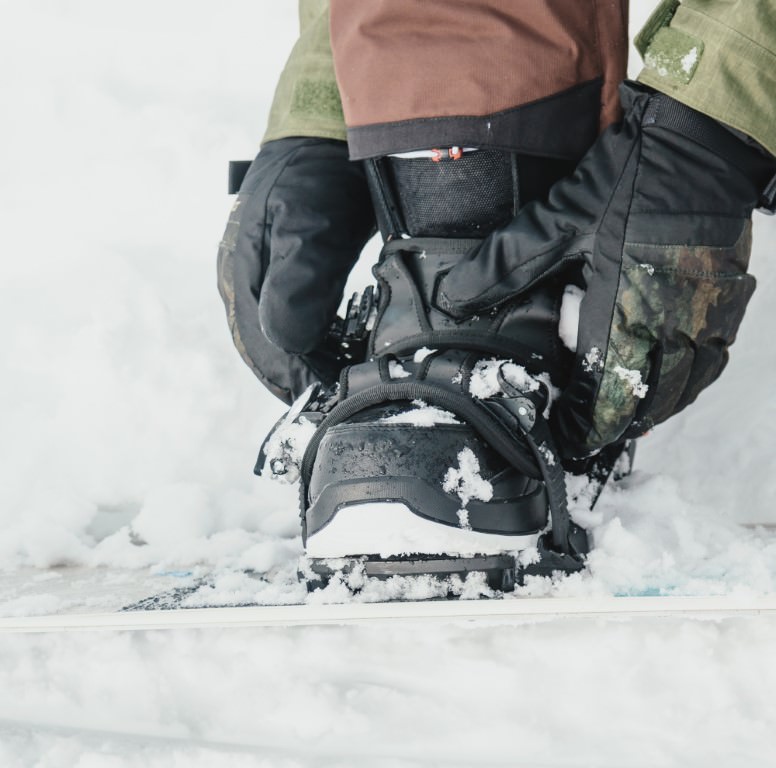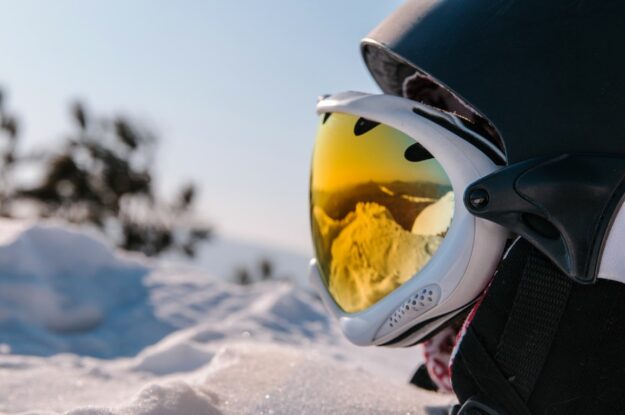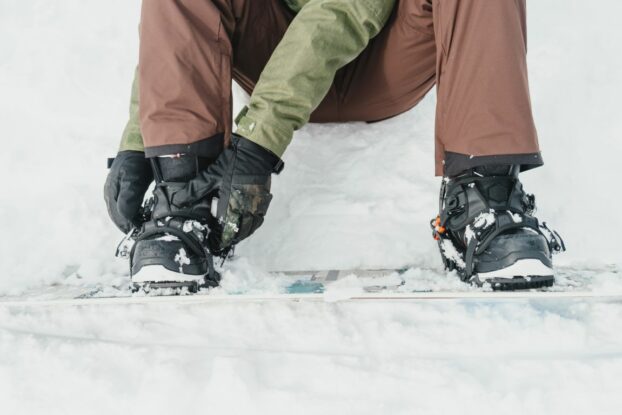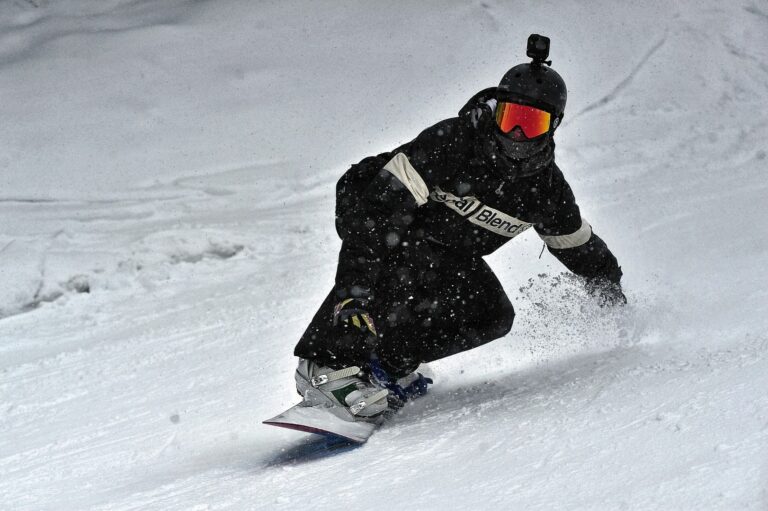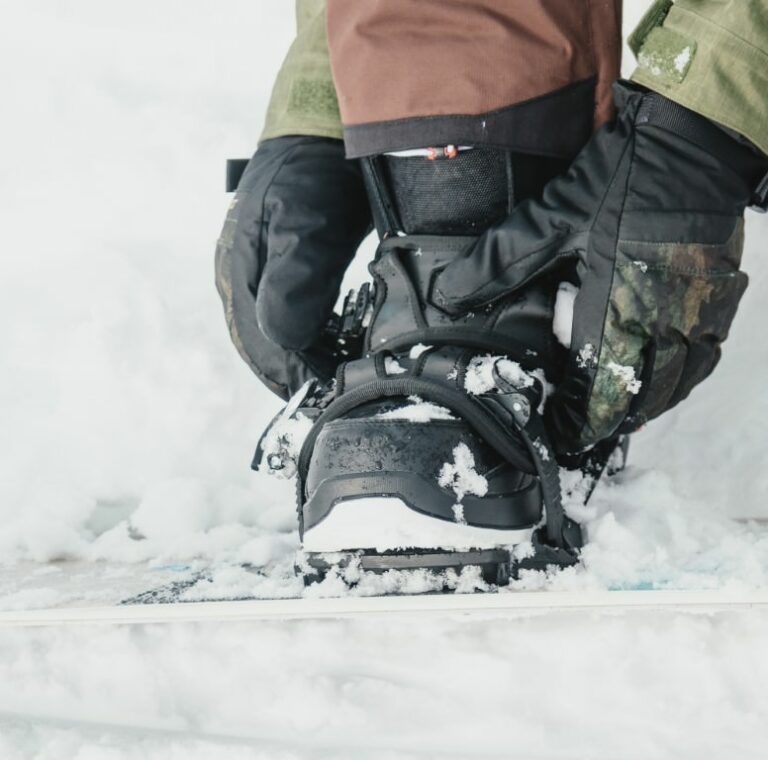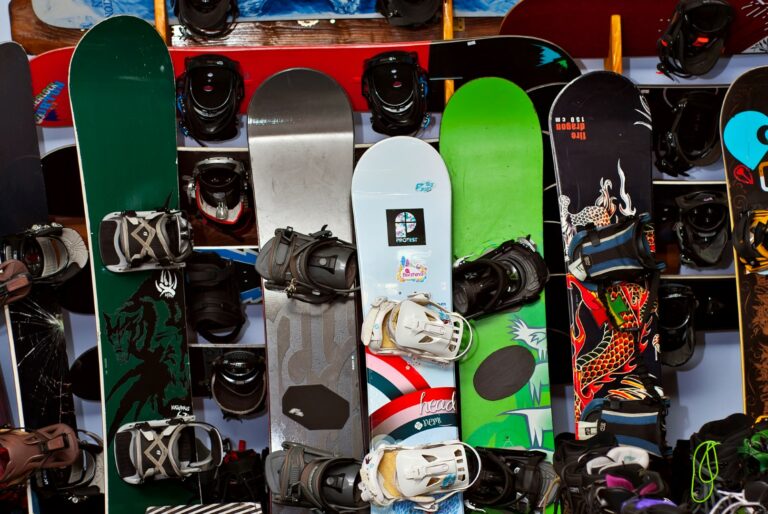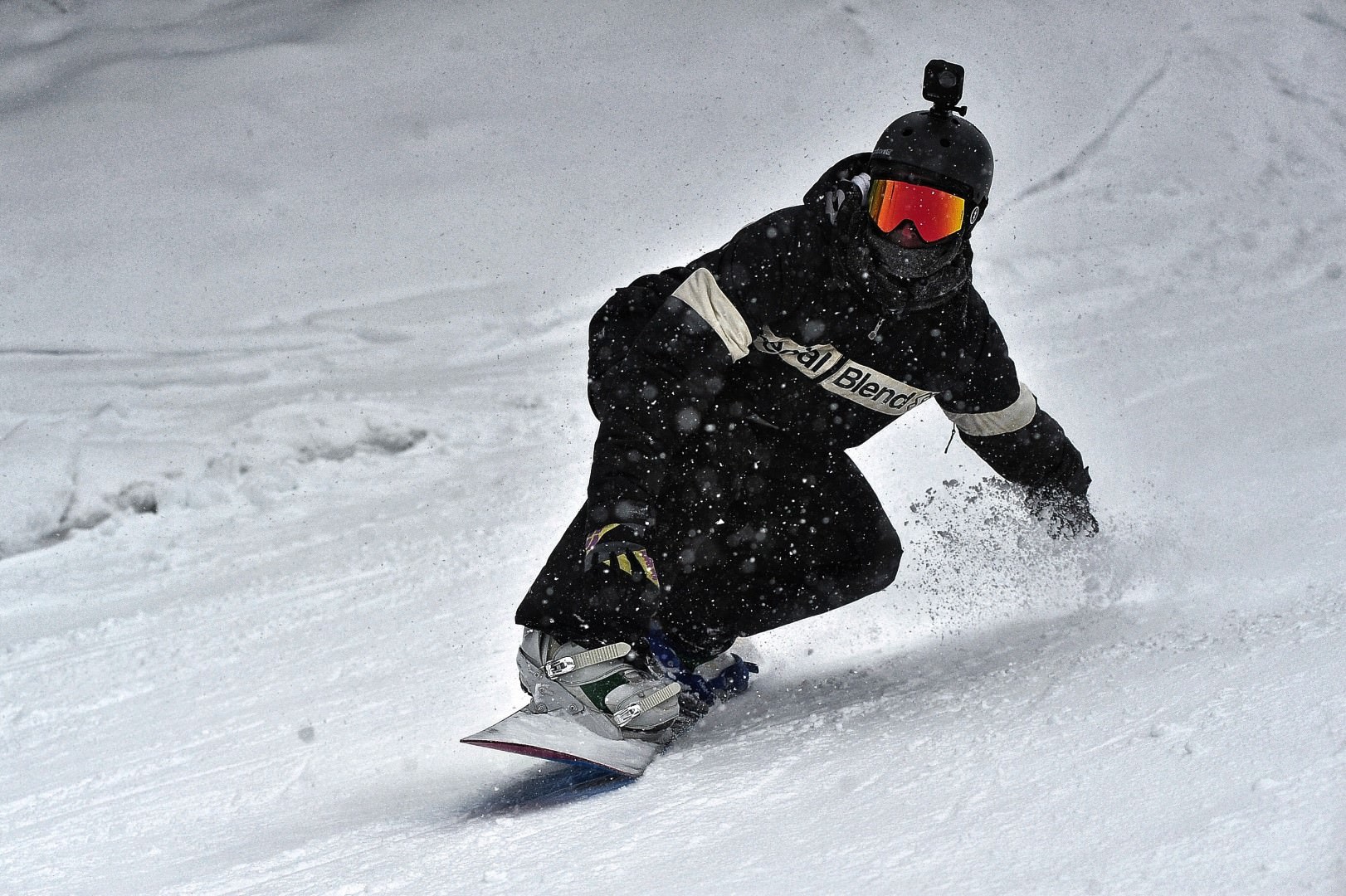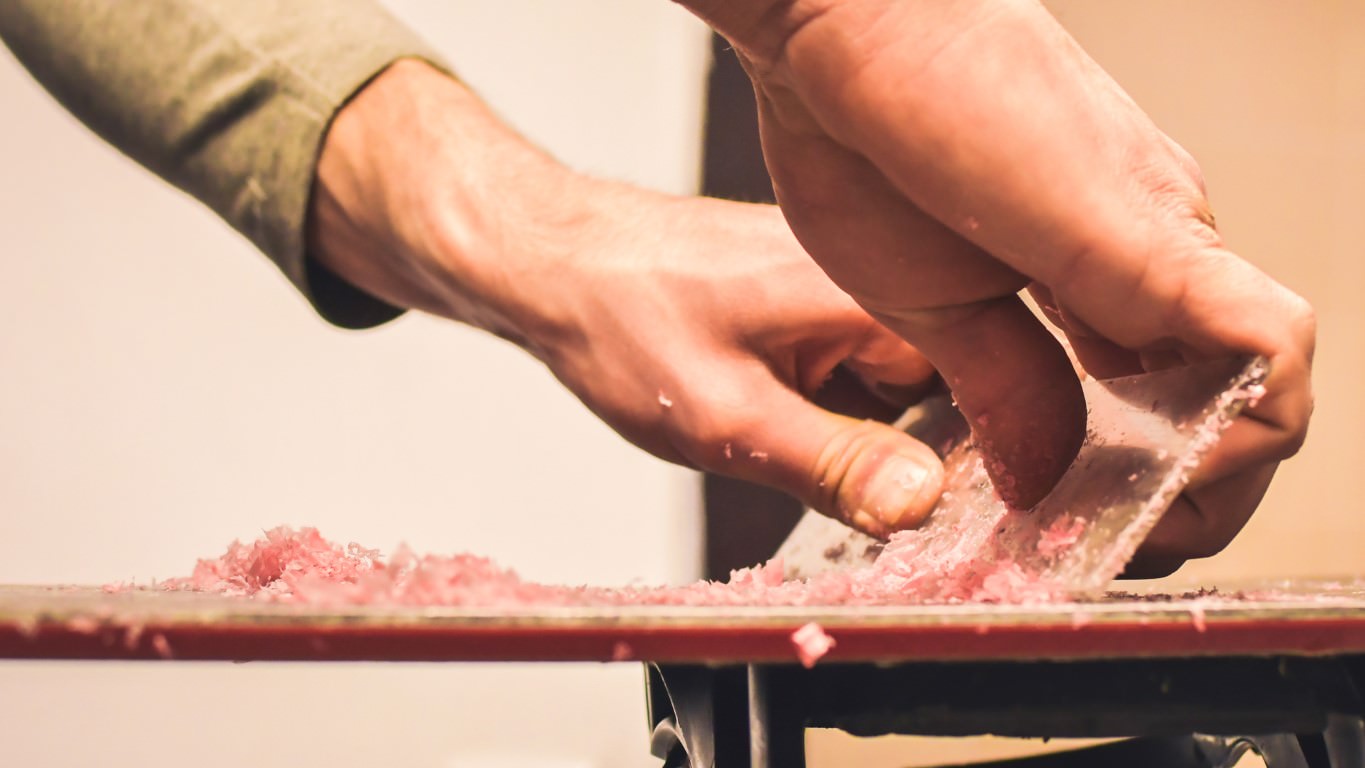How Long Should Snowboard Bindings Last on Average?
Snowboard bindings are arguably the toughest part of your snowboard setup. These things can last years if well maintained. How long should snowboard bindings last? At least 100 days and possibly several seasons if you look after them.
The longevity of this type of equipment will come down to several different factors like riding style, terrain choice, conditions, building materials and storage, to name a few. Below, we’ll explore several of these factors in more depth and provide expert advice on how to keep your snowboard bindings charging for several seasons.
Factors That Determine Binding Lifespan
Snowboard bindings have to be built tough. There’s a lot of force that goes into them when snowboarding. They must also stand up to extremely harsh conditions like freezing cold conditions, dampness and strong UV exposure.
With this in mind, engineering bindings have helped them be tough in general and stand up to a lot of abuse. Below are a few additional factors that could affect the life of your snowboard bindings.
How Often They’re Used
If a good estimate of a binding’s life is 80-100 days on snow, this could be a good indication of how long they’ll last. Ride 20 days a season? You could easily get 5 seasons out of them. If you’re putting in over a hundred in a season, you might notice some performance changes after a season. I have bindings that I’ve ridden 200+ days on snow, and I have only noticed subtle changes in performance. In general, though, the more you ride, the faster they can wear out.
Riding Style
Riding style has a huge effect on the longevity of snowboard bindings. If you are an on-piste snowboarder or novice rider, the forces you put through the bindings will be much less than an aggressive freerider. Park, Freestyle and Freeride snowboarders push a lot on their bindings, and this puts a lot more stress on the equipment. This, over time, can cause the bindings to lose their stiffness and responsiveness. Additionally, this level of riding can also place extra stress on the ratchet straps and system, which can wear down these components faster.
Binding Brand/Quality
In the snowboarding world, you get what you pay for. Budget equipment that is made with cheaper materials or building methods will wear down faster. If longevity and quality are important to you, it’s worth it to spend the extra money and get something that will last and hold a great warranty.
Also, if it’s a brand you haven’t heard of or it’s an AliExpress special, take a pass and go with a more reputable brand. Snowboard bindings are an important piece of safety equipment. Snowboard bindings are what connect your feet to your board. You definitely don’t want to be concerned about a binding breaking and your foot flying out of your snowboard when riding at speed.
Maintenance
Snowboard binding maintenance is actually fairly minimal. Visually inspecting them and checking the tightness of the screws and mounts prior to each ride is sufficient. If you notice any cracks or tears around the binding straps, it’s best to replace those at a fraction of the cost of a new binding.
The footbeds can get dirty if you walk in dirt prior to strapping in, so it’s good practice to scuff your feet in the snow to prevent dirt from getting into the bindings. Dirt and grit can act like sandpaper and wear down footbeds much faster.
Boot to Binding Compatibility
Most snowboard boots will be compatible with most snowboard bindings. As long as the size of the boot is within the size range of the snowboard binding, you won’t have an issue. Squeezing a snowboard boot that’s too large into a small binding can put additional stress on the bindings which will slowly wear down binding material in some spots. Although this doesn’t lead to much noticeable binding deterioration, your feet will absolutely ache.

Environmental Conditions
Snowboard bindings are engineered to be used in harsh environmental conditions. Technology has gotten to a point where the plastics resist cracking at colder temperatures. With that said, prolonged riding or even storage in sub zero temperatures can make components stiffer and more prone to snapping.
Riding in a lot of powder can also cause issues as powder turns to ice under your feet and in the ratchet ladder. These can cause unwanted foot movement and locked up ratchets making it difficult to get out of your straps or even tighten them back up.
Sun exposure and UV light can also deteriorate the binding if they are left exposed for too long.
How to Increase Snowboard Binding Longevity
Increasing the longevity of your snowboard binding is a fine balance of factors you can control and situations you can minimize. If you’re an aggressive Freeride, Freestyle or Park rider, your bindings will wear down faster because of the extra forces being applied to the equipment. There’s nothing you can really do other than purchase a strong pair of bindings that are made for this type of riding.
Proper maintenance can also help prolong the life of your snowboard bindings. Making sure the screws are tight prevents loose straps from wearing down additional material during movement. Replacing frayed or worn straps keeps your bindings from breaking mid-run, which is a huge nightmare.
Storing your snowboard bindings correctly can also prolong the life of them. Storing your snowboard in a cool and dark place limits any UV exposure that deteriorates the plastics in the bindings. Make sure there’s nothing resting or pressing against your bindings, either as any additional pressure or force while storing can permanently deform them.
Frequently Asked Questions
Do Hard Falls or Accidents Shorten the Lifespan of My Bindings?
Normal falls and crashes shouldn’t shorten the lifespan of your bindings unless you see something snap or crack. Common pieces that can fail during a big crash are baseplates cracking and ratchet straps and ladders snapping. These are all affordable replacements. If something major breaks, like a high-back or frame, it’s time to retire them.
Are There Specific Brands Known for Longer-Lasting Bindings?
The brand Burton seems to be synonymous with quality. From bindings, boots and boards, Burton makes some very high quality snowboarding equipment. They also have an industry leading warranty program proving they stand behind their products. Burton Genesis, Malavita and X are some very reputable binding models that can usually last 100 days on snow.
Rome is another snowboard brand known for some stellar quality equipment. They use lightweight metal polymer materials that stand up to wear and hold reliable performance. Check out the Rome Katana.
How Do I Know When It’s Time to Replace My Snowboard Bindings
As snowboard bindings age, you’ll notice they might start coming loose more when riding or you’ll notice they’ve lost some responsiveness. Eventually, straps might start breaking and coming loose after every run. If buying new hardware isn’t economical, then opt for new bindings.
Another reason to update your bindings is if they are old and lack the technology of new equipment. The snowboard industry constantly evolves by adding impressive design changes that can drastically improve your riding experience. Also, there’s nothing like a new snowboard with fresh bindings to really experience how new technology feels.
Can Bindings Be Repaired, or Do They Need to Be Replaced When Damaged?
There are some parts of snowboard bindings that can be replaced easily and cheaply. These include the mounting hardware, ratchets, ladders and foot straps. All of these components can wear out prematurely, so replacing them is a cost-effective way to prolong the life of your snowboard bindings. Anything else that breaks could be expensive and is usually seen as a write off.
What Are the Signs of a Failing Snowboard Binding?
Signs of a failing snowboard binding include loose, frayed straps, cracks and chips in the bindings, unresponsive riding, bindings constantly coming loose, too much foot movement and a look of disrepair.
Conclusion
Snowboard bindings take a beating. Through constant pressure deforming them to sudden hits shocking the internal system, they’ve been engineered to be tough and safe for many days on the slopes. There are definitely a few things you can do that will prolong the life of them, with the most important being care and maintenance.
Strap replacement and tightening screws will prolong the life of your bindings. However, when you feel the performance and responsiveness slip off, do yourself a favor and upgrade to the latest and greatest equipment.
